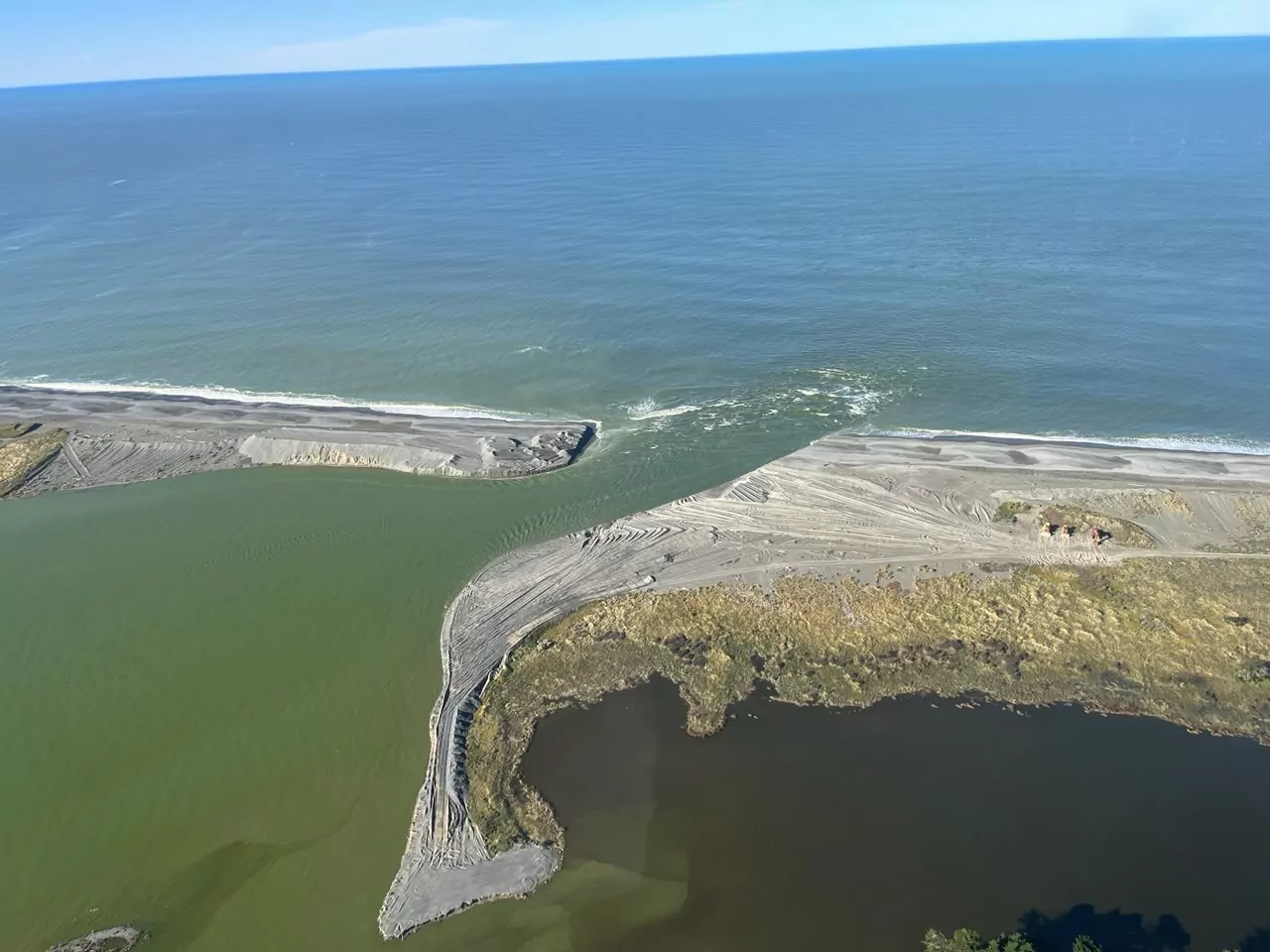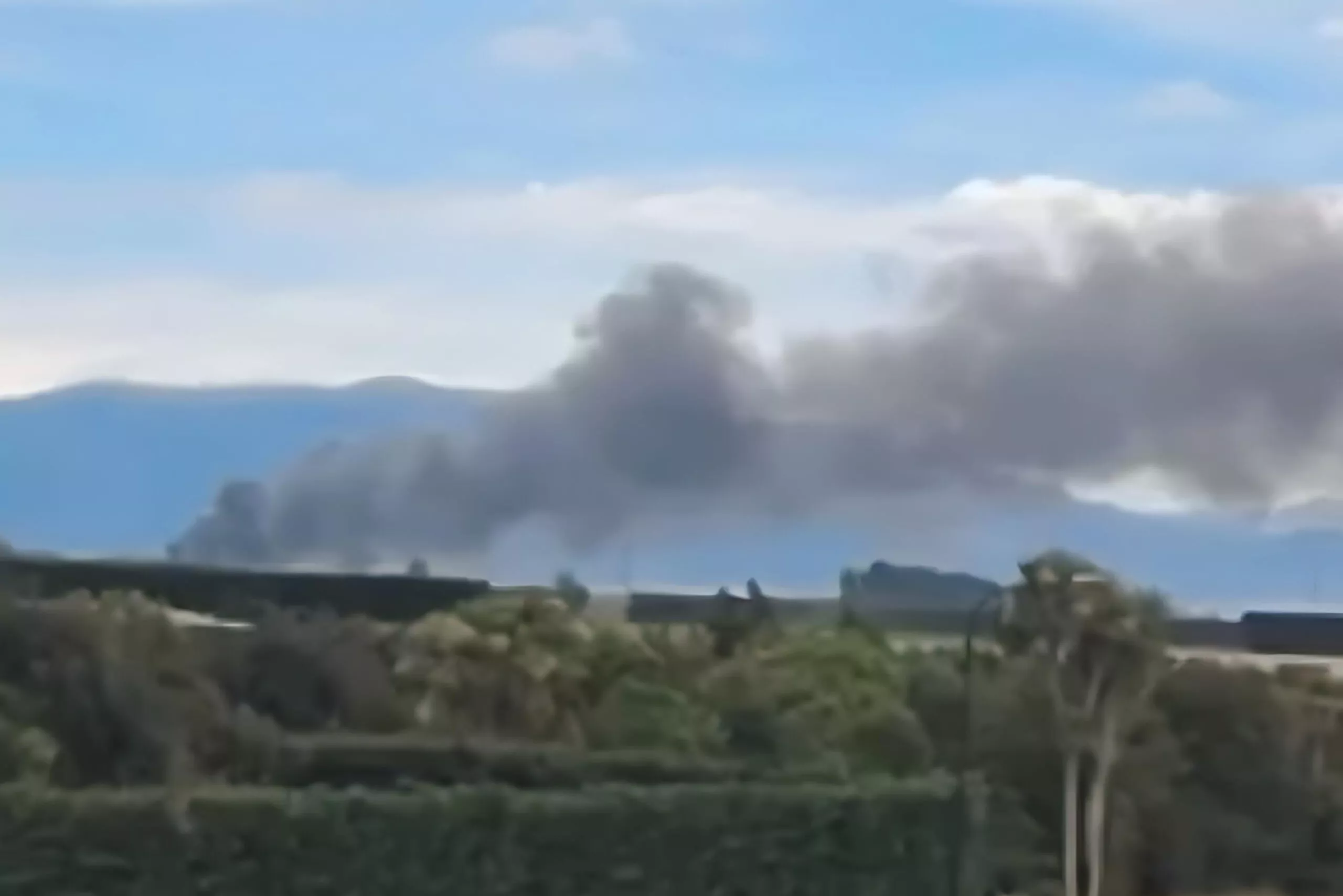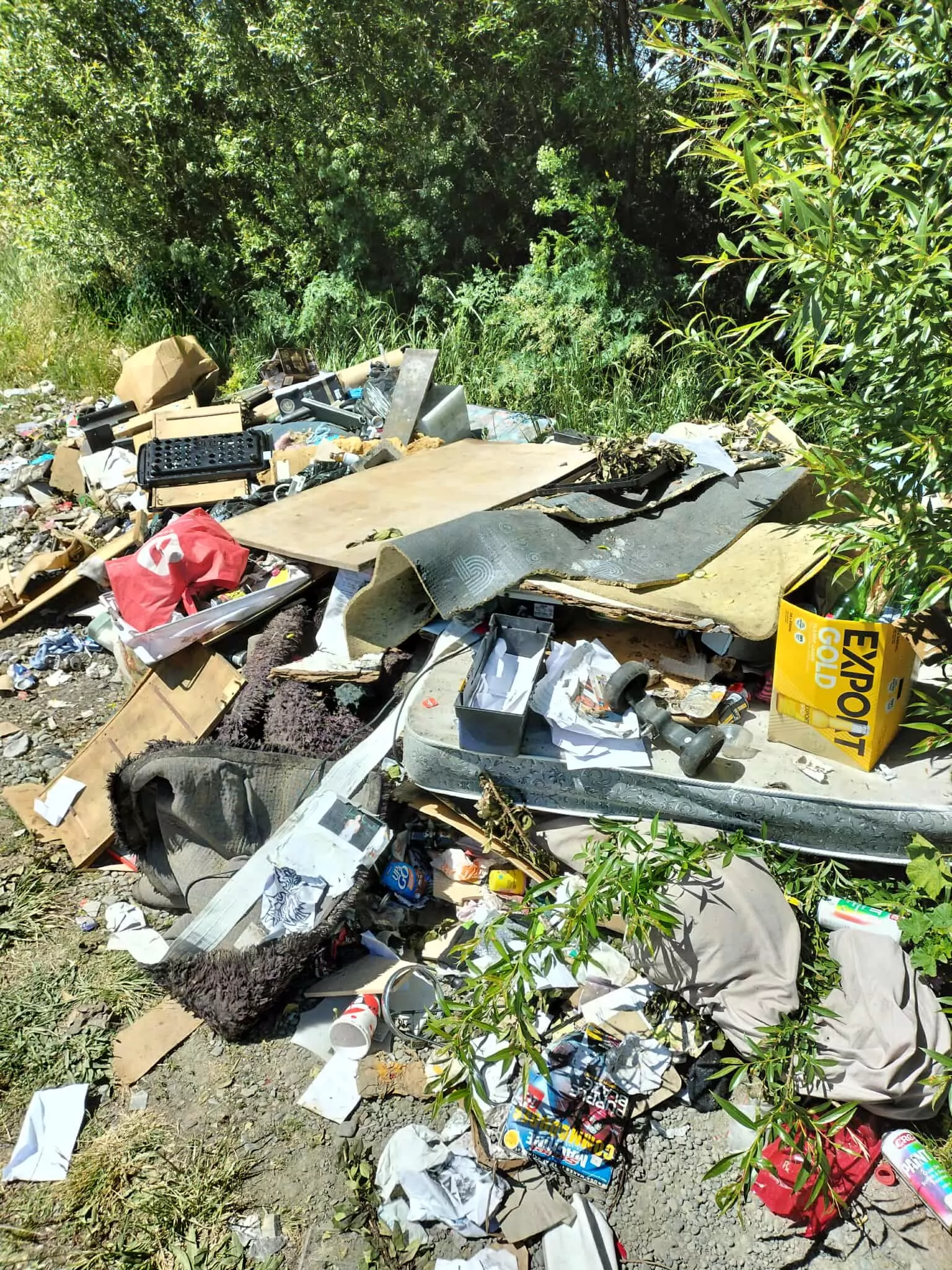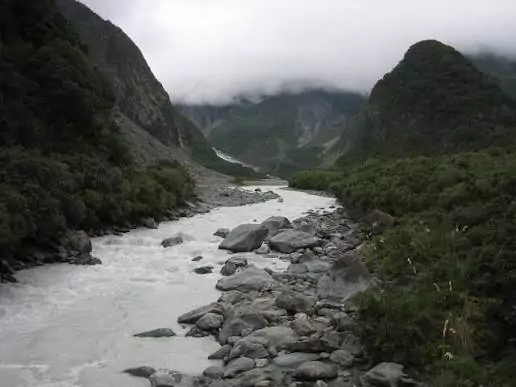
Supplied
Lake Ellesmere, known as Te Waihora, is being opened to the sea following a decision by Environment Canterbury (ECan) and Te Rūnanga o Ngāi Tahu.
The move follows increasing water levels and complex environmental conditions.
Canterbury Regional Council Chair Craig Pauling told chrislynchmedia.com despite the high number of parties involved in the lake’s management, decisions can still be made quickly.
“There’s a joint consent for the opening of Te Waihora between Environment Canterbury and Te Rūnanga o Ngāi Tahu. Behind that is a long-standing protocol group with representatives from Te Taumutu Rūnanga, the Department of Conservation, the Te Waihora Lake Ellesmere Rating District Liaison Committee, Fish & Game, commercial fishers, Selwyn District Council, Christchurch City Council and the Waihora Ellesmere Trust,” Pauling said.
“In the last flooding event, we made the decision to open the lake within 24 hours. Everyone involved has skin in the game and is motivated to do the right thing.”
However, the decision to open the lake doesn’t just rely on human input.
Pauling explained that the lake opening must meet strict environmental conditions, not just trigger levels set by legislation such as the Water Conservation Order and the resource consent.
“You need the hydraulic pressure from inside the lake to force water out, and you also need calm sea conditions. If there are strong southerlies, the sea can close the channel we’ve opened almost immediately by pushing gravel back in. That’s why timing is critical.”
The lake opening process involves bulldozers carving a channel from the lake toward the sea, with the final breach occurring just after high tide to allow for maximum outflow. Pauling said it can take four to five days to complete, provided the sea cooperates.
“If you get it wrong and a southerly hits, you could waste $20,000 or more in ratepayer money,” he said.
In the wake of last month’s flooding, Pauling sent a letter to the Minister for Emergency Management, explaining the lake was not responsible for the flooding that occurred.
“The lake has been much higher in the past without causing this kind of damage. In 2013, Te Waihora reached 1.89 metres. During last month’s storm, it only peaked at around 1.5 metres. So we know it was the extreme rainfall that caused the issues across Banks Peninsula, Selwyn and Waimakariri,” he said.
“In fact, the lake level right now is higher than it was before that storm hit.”
Pauling acknowledged community frustration and said ECan was doing significant work on flood protection systems, in partnership with central government.
“We’re improving flood banks, telemetry, and warning systems, but people also need to understand that some water management responsibilities lie with district councils, not ECan. For example, Lake Wairewa is opened by Christchurch City Council in conjunction with Wairewa Rūnanga.”
Drainage schemes, which can also affect flooding, are often managed by local councils, not ECan.
“We all need to work together to get the best outcomes.”
Pauling said work to open the lake began today or would begin tomorrow, depending on conditions, with crews starting on the lake side and working toward the coast.
“If the forecast southerly eases, we’re hoping the lake will be fully open by early next week.”








